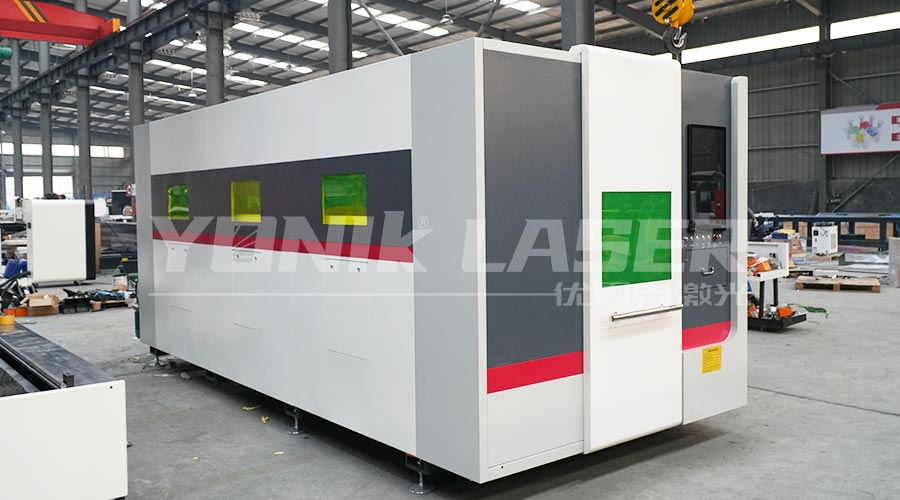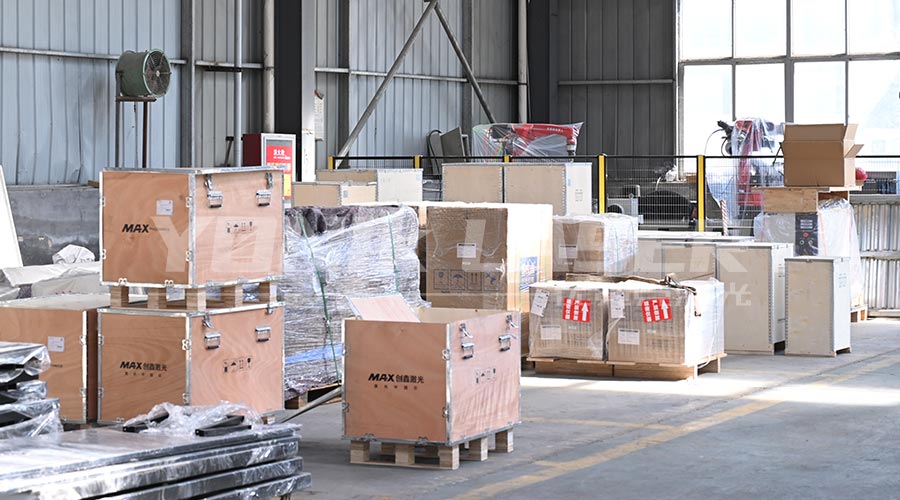In today's ever-changing technology, AI technology is penetrating into various industries at an unprecedented speed, and the laser cutting machine industry is no exception. The emergence of AI laser cutting machines has not only greatly improved cutting accuracy and efficiency, but also subverted the traditional manufacturing model through advanced technologies such as automatic parameter adjustment and defect detection. This article will explore in depth how AI laser cutting machines can lead the manufacturing industry to new heights with these innovative features.

1. Technological innovation of AI laser cutting machines
The core of AI laser cutting machines lies in their built-in intelligent algorithms, which can analyze data during the cutting process in real time and automatically adjust cutting parameters based on the analysis results. Traditional laser cutting machines often require manual parameter adjustment when cutting different materials or facing complex shapes, which is not only time-consuming and labor-intensive, but also difficult to ensure that each cutting can achieve the best results. The AI laser cutting machine continuously accumulates cutting experience and realizes automatic parameter adjustment through technologies such as deep learning, which greatly improves the accuracy and stability of cutting.
2. Automatic parameter adjustment: a new chapter in intelligent cutting
Automatic parameter adjustment is a highlight of the AI laser cutting machine. In actual operation, the AI system will automatically calculate the optimal cutting parameters, such as laser power, cutting speed, focus position, etc., based on the type, thickness, laser absorption rate and other characteristics of the material, as well as the complexity of the cutting path. This process is not only fast, but also ensures that each cut can achieve the best cutting quality. In addition, the AI system can dynamically adjust the parameters based on real-time feedback during the cutting process to adapt to slight changes in material properties or fluctuations in the cutting environment, thereby further improving the accuracy and stability of the cutting.
3. Defect detection: a new tool for quality assurance
In addition to automatic parameter adjustment, the AI laser cutting machine also has powerful defect detection capabilities. During the cutting process, the AI system can monitor the quality of the cutting surface in real time, such as the flatness of the cutting edge, the generation of slag, the degree of thermal deformation of the material, etc. Once the cutting quality is abnormal, such as uneven cutting edges, slag or overheating, the AI system will immediately issue an alarm and automatically adjust the cutting parameters or stop cutting to prevent further expansion of defects. This real-time defect detection mechanism not only greatly improves the cutting quality, but also effectively reduces the scrap rate, saving costs for enterprises.
IV. Application prospects of AI laser cutting machines
The emergence of AI laser cutting machines has brought revolutionary changes to the manufacturing industry. In the fields of automobile manufacturing, aerospace, electronic equipment, etc., AI laser cutting machines have become key equipment for improving production efficiency, reducing costs, and enhancing market competitiveness with their high precision, high efficiency, and high quality. With the continuous development of AI technology and the continuous expansion of application fields, AI laser cutting machines will show their unique advantages in more fields and promote the development of manufacturing industry towards a more intelligent and automated direction.

In summary, AI laser cutting machines are subverting traditional manufacturing models and leading the manufacturing industry to new heights with their advanced technologies such as automatic parameter adjustment and defect detection. With the continuous advancement of technology and the continuous expansion of application fields, AI laser cutting machines will play a more important role in the future and contribute to the transformation and upgrading of the manufacturing industry and high-quality development.
2025-07-22
2025-07-21
2025-07-19